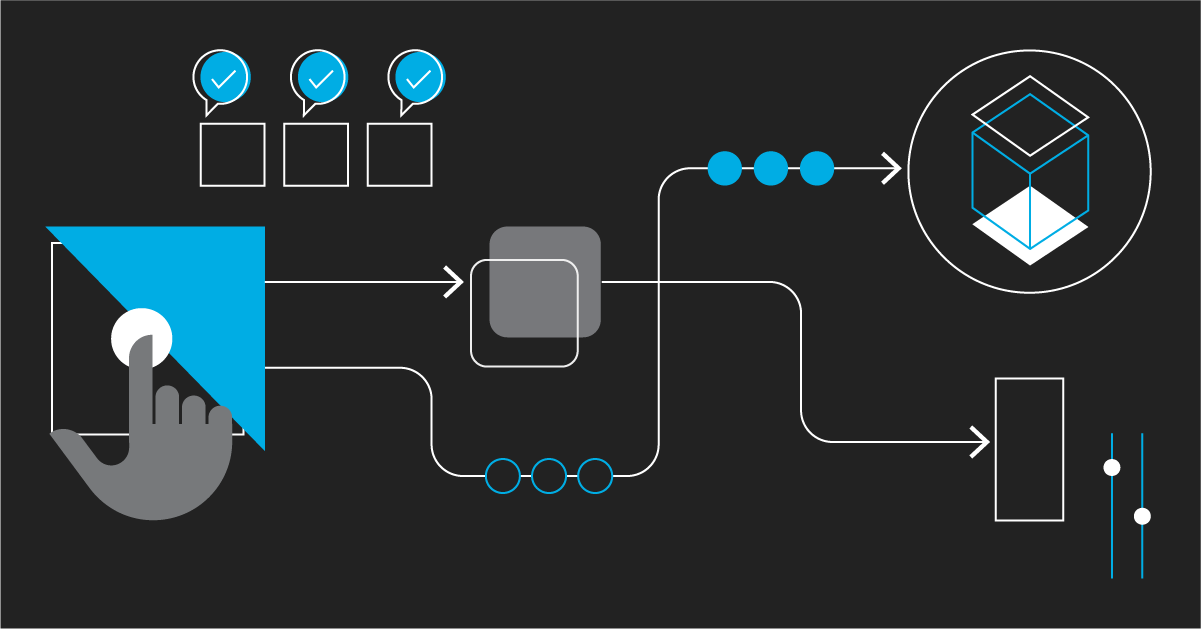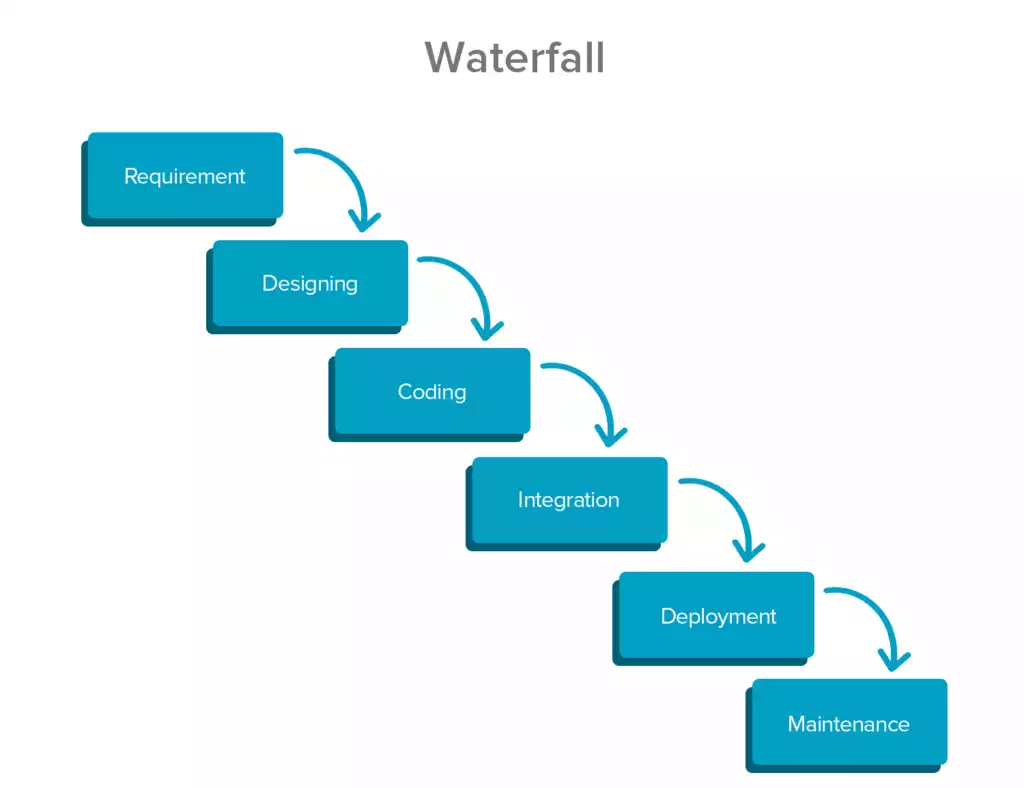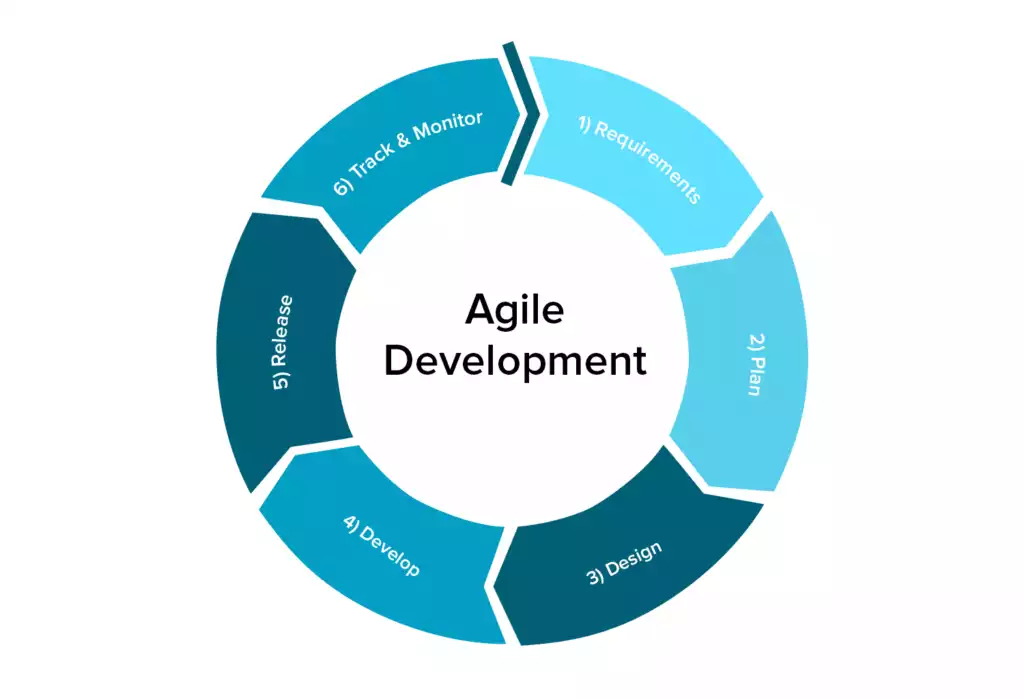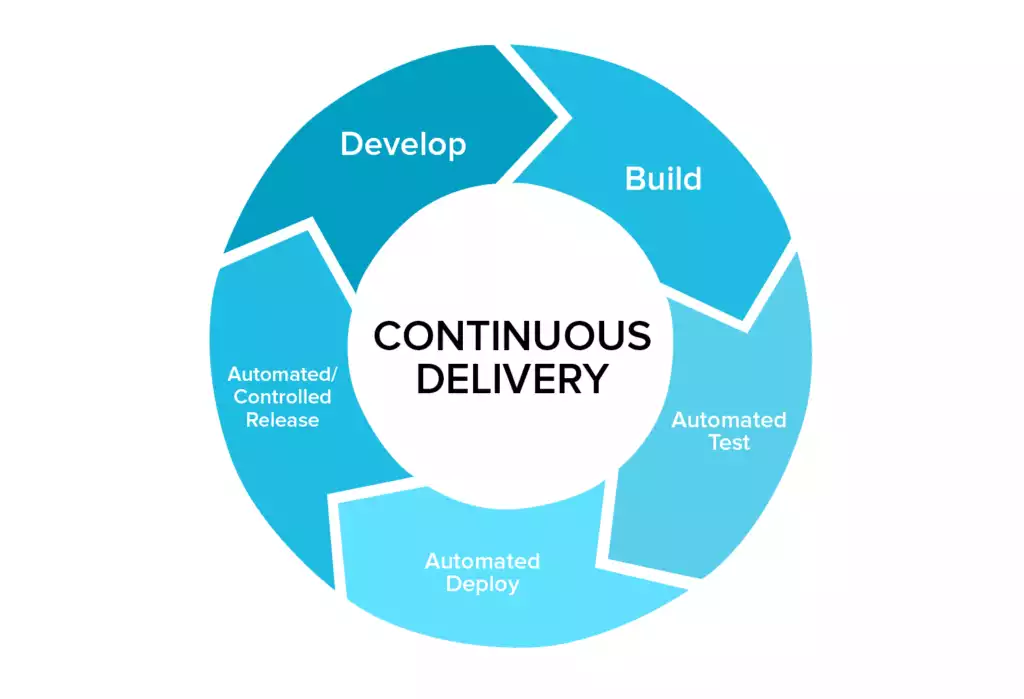DevOps Continuous Delivery: Automating Software Releases

DevOps offers a new perspective to SEO. Search Engine Optimization (SEO) plays a pivotal role in enhancing the visibility and ranking of your website in search engine results. One of the most influential aspects of SEO is content writing. Crafting compelling, informative, and engaging content not only attracts visitors but also ensures that search engines recognize your website as a reliable and authoritative source. In this article, we will explore the key strategies for effective content writing that can help you outrank competitors and unlock your website’s maximum potential.
Evolution of development practices that led to frequent software updates
Software development methodologies have undergone significant transformations over the years. The traditional waterfall approach, which followed a sequential and linear process, has given way to more flexible and efficient methods like agile and continuous delivery. In this article, we will explore the evolution of these three main approaches to software development and understand how they have transitioned and integrated into one another.
- Waterfall Methodology:
The waterfall methodology was one of the earliest approaches to software development. It follows a linear progression of phases, completing each step before moving on to the next. These phases typically include requirements gathering, design, implementation, testing, and maintenance. The waterfall method is characterized by its strict structure, documentation-heavy nature, and limited room for changes once a phase is completed.
However, the waterfall approach had limitations. It often led to long development cycles, reduced flexibility, and difficulty in adapting to changing requirements. As software projects grew more complex, a need for more adaptive methodologies arose.

- Agile Methodology:
The agile methodology emerged as a response to the drawbacks of the waterfall model. Agile focuses on iterative and incremental development, emphasizing collaboration, flexibility, and quick adaptation to change. The agile approach encourages regular feedback, continuous improvement, and close collaboration between developers, stakeholders, and end-users.
Scrum and Kanban are two popular frameworks within the agile methodology. Scrum divides work into sprints, with each sprint delivering a potentially shippable product increment. Kanban visualizes workflow and limits work progress, promoting a steady flow of tasks. Both frameworks prioritize continuous delivery, allowing teams to release small, frequent updates rather than waiting for a full product release.
Agile methodologies offer several advantages, including increased customer satisfaction, faster time to market, improved team collaboration, and the ability to respond to changing requirements effectively. However, challenges can arise in managing scope creep, ensuring consistent communication, and maintaining a balance between flexibility and structure.

- Continuous Delivery:
Continuous delivery is an extension of the agile methodology, focusing on automating the software delivery process. It aims to ensure that software can be released reliably at any time. Continuous delivery involves frequent code integration, automated testing, and continuous deployment to production environments. By streamlining the release process, continuous delivery minimizes the time and effort required to deliver new features and enhancements.
DevOps practices often go hand in hand with continuous delivery, promoting collaboration between development and operations teams. Using infrastructure-as-code and containerization technologies, such as Docker and Kubernetes, further enhances the efficiency and scalability of continuous delivery pipelines.

The business value of continuous delivery
Continuous Delivery (CD) revolves around the core concept of having updates ready for release at any given moment. This fundamental principle sets CD apart from traditional Agile methodologies like Scrum, where iterations typically span 1-2 weeks, often causing new features to wait before being deployed to production.
A statement made by Mark Warren, European Marketing Director at Perforce, back in 2014 revealed that 65 percent of software developers, managers, and executives incorporated continuous delivery into their company practices, while 28% reported its usage in special projects. Notably, 80 percent of respondents were engaged in developing software-as-a-service (SaaS) products.
Since then, the adoption of continuous delivery is likely to have increased, especially with more software providers embracing the SaaS model. The prevalence of cloud-based services has become a primary arena for implementing this practice, as it allows for immediate customer feedback and the prompt delivery of fixes and updates.
Considering these factors, what are the primary motivations for embracing continuous delivery?
Time-to-value proportion. The development process operates at a high velocity, resulting in a substantial reduction in the time it takes to propose and deliver new features. As a result, the phenomenon known as “integration hell” is effectively mitigated. The team dedicates less time to debugging and can allocate more time to the development of innovative elements. Additionally, this shorter feedback loop results in a reduced time span between user interaction and the implementation of updates.
Maximum automation. Continuous delivery can be achieved by automating the testing and deployment phases, leaving the programming itself as the only time-consuming aspect. In the following discussion, we will delve into the technical intricacies involved in this process.
High quality and low risk. By subjecting each update to multiple stages of automated verification before deployment, the occurrence of errors and bugs is greatly diminished.
Data-driven management. The approach also facilitates continuous monitoring of development-related data. This provides valuable visibility into your processes and, over time, enables insights for enhancing your existing workflow and eliminating any engineering bottlenecks.
Reduced cost. Long release cycles have a significant drawback in that the cost of a mistake escalates as a bug persists in the production environment. If the bug persists through multiple updates, the expense of rectifying it begins to grow exponentially. Continuous integration mitigates this cost by identifying and addressing bugs at the earliest possible stage.
Adoption Framework: How to Approach Continuous Delivery
To implement this method into your development workflow, your software engineering team must adhere to a set of requirements that enable the adoption of this approach:
- Following the core principles of the continuous delivery method: continuous integration and deployment
- A software engineering infrastructure that connects all product delivery aspects into a unified ecosystem
- Project repository with a minimum number of code branches
- Automated tests outweigh the manual ones
- Use of production environment clone that exactly mimics real-life conditions
While continuous delivery encompasses more complexities beyond these five aspects, they serve as defining factors for determining the feasibility of implementing this practice within your organization. In the following section, we will delve into these requirements in greater detail.
1. Continuous Integration and Deployment
Continuous Delivery (CD) serves as the guiding principle at the business level, while continuous integration (CI) is the practical implementation of this principle at the software engineering level. In essence, CI prescribes a set of practices to the development team, including:
- Developers make multiple code commits throughout the day.
- Each code piece undergoes a series of automated tests to identify errors and bugs at the earliest possible stage.
- Swift resolution of identified issues is a top priority for the development team.
Continuous deployment, another principle of CD, entails the ability to deploy validated features into production at any given moment. However, unlike CI, continuous deployment is not always a mandatory aspect of CD. As Carl Caum from Puppet explains, “Continuous delivery doesn’t mean every change is deployed to production ASAP. It means every change is proven to be deployable at any time.”
Immediate deployment of updates is primarily suited for Software-as-a-Service (SaaS) models, where developers have full control over the end-user experience. In contrast, for client software installed on users’ devices, it is more common to bundle updates and inform users about forthcoming changes. For example, while Facebook may practice continuous delivery in its development workflow, a mobile app may seek user permission before updating itself.
2. Continuous Integration Infrastructure
Numerous CI systems offer the necessary software engineering infrastructure to facilitate the implementation of the practice. While it is possible to develop custom software for a CI workflow, there are several off-the-shelf solutions available. Among the most widely used are CruiseControl, Atlassian Bamboo, and TeamCity. These systems serve as comprehensive testing and building environments, seamlessly integrating the entire development process. They effectively track new code commits and enable the creation and integration of automated tests that are executed whenever new code is generated. How does this process function?
- New code monitoring: Whenever a new piece of code is committed to the repository (the storage for code), the CI system detects this change.
- Packaging and building: The new code is automatically packaged and built, and subsequently undergoes unit tests.
- Automated testing: The packaged code goes through a series of automated tests to ensure its proper functionality.
- Deployment: Once the packages pass the testing phase, the CI system deploys the update on a production server. If the deployment process is not automated, the system ensures that the packages are prepared for production deployment.
Thanks to the extensive automation in place, this process can take place multiple times throughout the day, resulting in the early detection of bugs compared to scenarios where developers commit large chunks of code at once.
3. One Mainline of Project in the Repository
In simple terms, a repository is a storage facility that serves as a central hub for storing and managing development tools. In the context of continuous integration, this repository serves as the “home” for all the code written for a specific project. Additionally, the repository houses test scripts, third-party libraries, and other necessary components used in the development process, essentially encompassing everything required for building the software.
To fully leverage the benefits of this deployment approach, it is essential to minimize the number of code branches within the repository. Typically, in traditional development practices, code branches from multiple developers are periodically merged into the main branch based on the scope of updates. However, in continuous integration, the software environment maintains the minimum number of branches and continually incorporates new code directly into the master branch, ensuring ongoing quality assurance.
The proliferation of code branches and multiple versions of the same product increases the likelihood of conflicts between them. Thus, reducing the number of branches in the repository is crucial for a streamlined and conflict-free development process.
4. Testing Automation through DevOps
Continuous integration relies heavily on automated tests to verify the proper functionality of new code. If the tests indicate any issues, the system halts the build. This approach serves a purpose: it ensures that developers cannot proceed with the build until the bugs are resolved.
While complete test automation is not mandatory, adopting continuous integration is most beneficial when the number of automated test cases surpasses that of manual ones. Fortunately, CI systems offer extensive support for integrating various types of automated tests, ranging from smoke testing to checking if the product launches successfully after updates, to security and performance tests. Moreover, QA engineers have the flexibility to utilize multiple programming languages when creating these test scripts.
5. Production Environment Clone for Testing
The testing environment, known as the “polygon,” should be an exact replica of the production environment. This entails running tests with identical databases, infrastructure, patches, network structure, and so on. In essence, it is crucial to replicate the production version comprehensively in order to gain a thorough understanding of its functionality. Additionally, the testing should be conducted automatically across various browsers and devices to ensure optimal coverage.
The Main Adoption Challenges
Based on the data from Perforce, the implementation of continuous integration and continuous delivery is perceived as a gradual process for the majority of companies. In 2014, 53 percent of these companies estimated that it would take approximately 12 months to adopt the approach, while 85 percent believed it could be achieved within a timeframe of less than two years. Nonetheless, embracing this methodology is recognized as a long-term strategy that entails overcoming various challenges along the way.
The Cost of Automation
Implementing CI-based development brings benefits in terms of cost reduction and increased productivity. However, it also demands a significant investment of budget and time, particularly in hiring and retaining QA automation engineers who will progressively create automated tests to cover the evolving product. If you are starting from the beginning, establishing the foundation for QA automation can take between 6 to 18 months.
Microservices Architecture
In essence, the microservices or components architecture is a software pattern that involves decoupling different functional elements, allowing them to be shipped independently. On the other hand, the monolith architecture represents a scenario where functional components are tightly interconnected, and any change affects the entire codebase.
If your software product follows a large monolithic architecture, it doesn’t necessarily mean that continuous delivery is impossible. However, it does present challenges for developers working within the continuous delivery framework. The monolithic codebase may lack a clear understanding, and it becomes more demanding to coordinate the efforts of multiple development teams, each working at their own pace.
Embracing DevOps Culture
Effective and user-oriented updates from your developers rely on the collaboration between frontline operations workers and software engineers. The DevOps culture emphasizes the close partnership between these two groups: the dev team, consisting of software engineers, and the ops team, which includes systems engineers, administrators, operations staff, network engineers, security specialists, and others involved in the post-launch phase of the product lifecycle. By fostering a DevOps culture, these two sides work together seamlessly, creating a fast feedback loop that connects users, operations, and developers.
According to a 2017 survey by InformationWeek, only 18 percent of tech organizations have fully embraced DevOps, while 32% plan to adopt it within the next 12 months. These statistics indicate two important points: 1) DevOps is not widely adopted by many companies, and 2) Merely implementing DevOps practices does not guarantee a comprehensive transformation in the corporate engineering culture.
Integration Challenges
Among the various challenges encountered during the adoption of new software, integrating tools like CI and version control systems into existing workflows can pose a minor obstacle for development teams. Fortunately, there are numerous user-friendly solutions available in the market. DevOps products and tools like TeamCity offer seamless integration and can be selected based on team preferences, scalability requirements, and expertise levels. These solutions simplify the process and facilitate a smooth transition for the development team.
Frequent DevOps Deployment
While developers are accustomed to breaking down their work into stages, it can be challenging to maintain strict modularity in practice. Builds can vary in scope and complexity, and engineers may struggle with the agility required to think and code in a modular manner. If they have been working on monolithic projects for an extended period, it will require significant effort to retrain engineers to adapt to the new approach.
DevOps Focuses on bugs
The need for frequent commits and immediate bug fixes can potentially lead to development delays. When a new feature is proposed but fails to test, the focus shifts to resolving the bug, even if the feature itself is not a top priority.
DevOps Production Environment Capacity
Your production environment needs to support multiple operating systems, browsers, and devices, which can become cost-intensive to maintain the necessary capacity. For instance, running all tests for each Firefox browser update can require around 200 hours of a single CPU’s work. Considering this, it is not ideal to test your product on a laptop. A recommended practice is to utilize cloud providers such as Amazon Web Services, Google, or Microsoft, which offer ample computing capacity to ensure rapid testing.
Organizational Culture
According to the CloudBees report, 40% of respondents identified organizational traditions and the fear of tangible investments as the primary obstacles to adopting continuous integration. As previously mentioned, the automation process, the need for skilled QA engineers, and the required changes to traditional workflow structures demand both time and financial investments, leading some companies to question its value.
DevOps Continuous Integration as a Way to Deliver Value
While challenges are an inherent part of any innovation, the success of that innovation can be measured by the success of companies that have already embraced it. Leading players in the IT industry, such as Amazon, Google, and Facebook, have long embraced continuous integration in their development processes. By adhering to the principles of constant and continuous testing, Google ensures the stability of its services, Facebook achieves quick updates, and LinkedIn has experienced financial success after implementing CI and CD practices.
Continuous integration enables stable and frequent deployment of high-quality software. As Martin Flower puts it, “Frequent deployment is valuable because it allows users to access new features more rapidly, provide quicker feedback on those features, and foster collaboration in the development cycle.” Continuous integration breaks down the barriers between companies and their customers, facilitating the creation of client-oriented and valuable software.
Here at CourseMonster, we know how hard it may be to find the right time and funds for training. We provide effective IT Certifications that enable you to select the training option that best meets the demands of your company.
For more information, please get in touch with one of our course advisers today or contact us at training@coursemonster.com




Comments ()